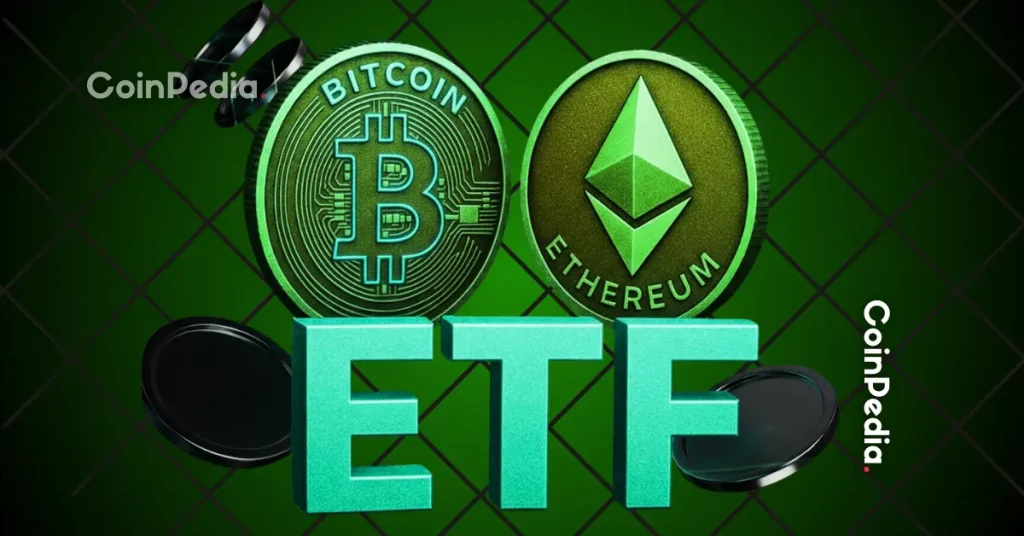As of August 19, 2025, the Ethereum validator exit queue has climbed to a record high of approximately 910,461 ETH ($3,932.22), valued at around $3.9 billion based on current market prices. This surge in unstaking requests has extended withdrawal wait times to over 15 days, highlighting a notable shift in validator behavior amid fluctuating ETH prices and anticipation surrounding potential regulatory approvals for staked Ethereum exchange-traded funds (ETFs). For crypto enthusiasts and investors, this event raises questions about market sentiment, network stability, and future opportunities in Ethereum’s proof-of-stake (PoS) mechanism.
The basics of this situation are straightforward: Ethereum’s PoS network relies on validators who stake ETH to secure the blockchain and earn rewards. When validators decide to exit, they enter a queue designed to prevent sudden mass withdrawals that could destabilize the network. This queue operates under a churn limit, which caps the number of exits per epoch (a time unit in Ethereum’s consensus layer) to maintain security. Currently, with over 1.08 million active validators and about 29.45% of the total ETH supply—roughly 35.3 million ETH—staked, the system is robust. However, the exit queue’s rapid growth from around 640,000 ETH just two weeks ago to its current level signals increased activity.
Data from various sources, including Validator Queue trackers, shows that the exit demand far outpaces new staking entries. New staking requests stand at about 258,951 ETH, worth approximately $1.09 billion, creating an imbalance that could influence short-term liquidity. Major liquid staking protocols like Lido, EthFi, and Coinbase are driving much of this outflow, as users redeem their staked positions for more flexible assets. Liquid staking allows users to stake ETH while receiving liquid staking tokens (LSTs) like stETH, which can be traded or used in decentralized finance (DeFi) applications without locking up funds entirely. The spike in withdrawals from these platforms suggests that some participants are seeking to capitalize on recent price gains or reposition their holdings.
ETH’s price has reflected this pressure, correcting about 15% from its recent high of $4,800 to hover around $4,243 as of today. Trading volume has dipped to around $45 billion daily, indicating a cooling off after the summer rally. Despite this pullback, Ethereum finds support at the $4,200 level, bolstered by ongoing ETF inflows and institutional accumulation. For everyday crypto holders, this means ETH remains in a consolidation phase—neither crashing nor surging dramatically—but with potential volatility ahead as queued ETH eventually hits the market.


























 24h Most Popular
24h Most Popular







 Utilities
Utilities